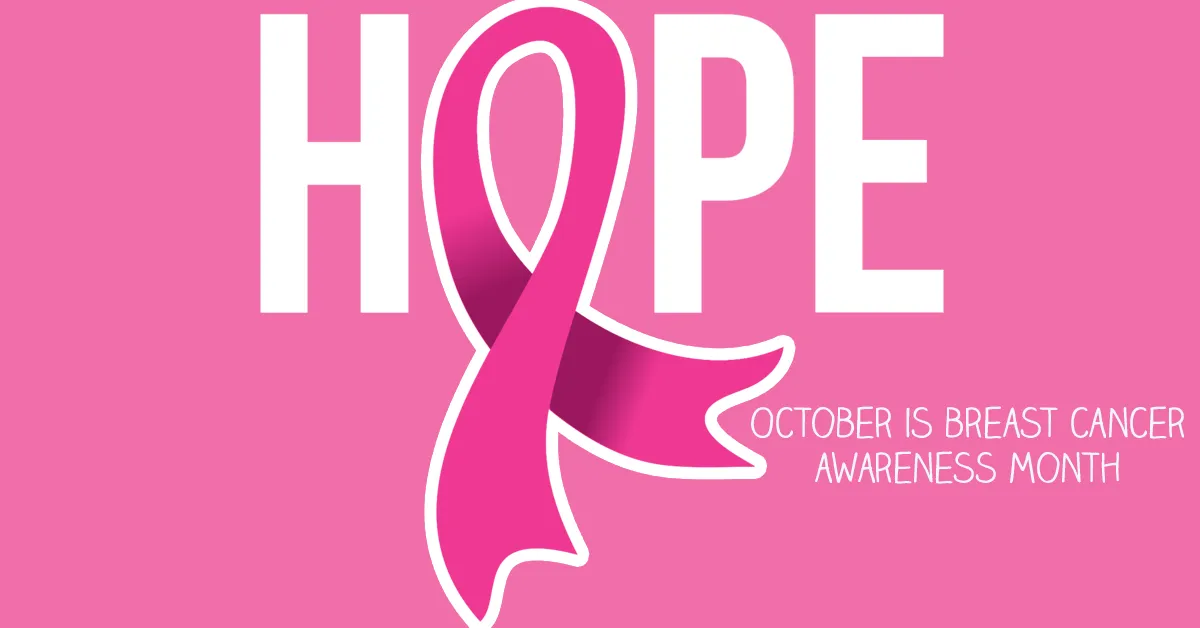Every October people around the globe wear pink in support of Breast Cancer Awareness Month. The work of breast cancer research and screening is year-round, but historically a particular emphasis has been placed on October.
Supporting breast cancer awareness month is a cause we can all get behind. Besides skin cancer, breast cancer is the most common form of cancer in women. A woman’s odds of developing breast cancer are 1 in 8 based on data from the American Cancer Society.
Know the Symptoms
Common symptoms include:
- Change in size or shape of the breast
- Pain in any portion of the breast
- Nipple discharge (can include blood)
- New lump in the breast or underarm
For the most detailed information on symptoms, it is recommended that you view the CDC’s list of symptoms.
Work to Lower Your Breast Cancer Risk
Maintaining a healthy weight can go a long way in lowering your risk of any type of cancer. The CDC also recommends you drink alcohol in moderation (if at all) and breastfeed your children if possible.
A key reason breast cancer develops is because of changes in your BRCA1 or BRCA2 genes. If you are taking hormone replacement therapy or birth control pills, talk to your provider about the risks associated with these products.
Who Should Receive Screening for Breast Cancer?
The official recommendation from the U.S. Preventative Services Task Force is that women 50 to 74 years old receive a mammogram every two years. If you are younger than 50, particularly those in the 40 to 49 age category, ask your provider at your annual visit if they should receive a breast cancer screening sooner.
Is Breast Cancer Treatment Improving?
Research on breast cancer treatment is ongoing. Fundraising for breast cancer research helps keep research and the development of new drugs moving forward. Deaths from breast cancer have declined, but it still remains a leading cause of cancer death.
According to Cancer.net, the “5-year relative survival rate for women in the United States with non-metastatic invasive breast cancer is 91%. The 10-year relative survival rate for women with non-metastatic invasive breast cancer is 85%.” Non-metastatic means that breast cancer is not spreading to other parts of the body.
The continued efforts of researchers and the general public to fight breast cancer can aid in continuing to improve the success of breast cancer care and medication research!


